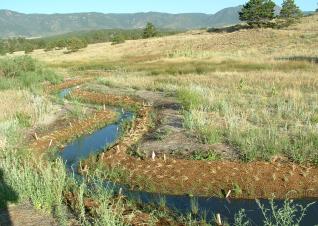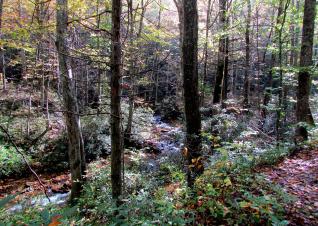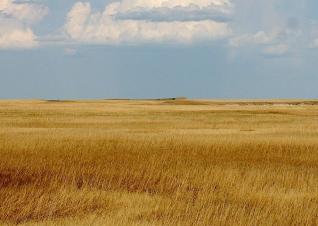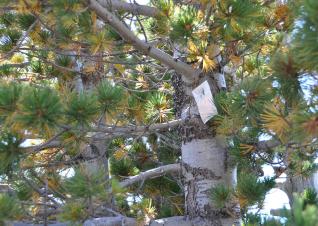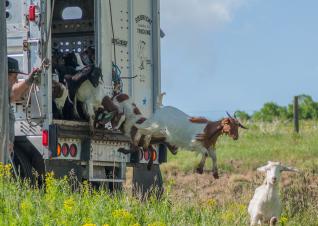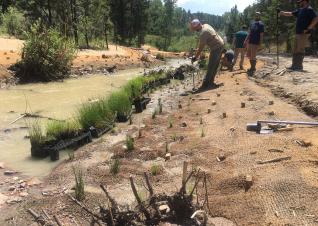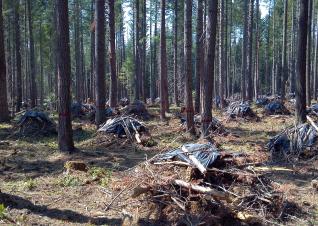A floodplain is a low-lying area directly adjacent to a waterbody and partially or fully flooded during high-water events.
Nature-Based Solutions Strategy Search
Other searches:
Find case studies →
Find tools and resources →
Forests provide food, fuel, oxygen, clean water, erosion control, and health benefits to people.
Grasslands, often called prairies in the United States, are habitats where the dominant vegetation type is grass.
An invasive or nuisance pest is synonymous with a species that causes harm to humans or the environment. This summary focuses specifically on invasive and nuisance insects and pathogens.
An invasive or nuisance pest is a species that causes harm to humans or the environment. This strategy focuses on invasive plant species.
Riparian buffers are vegetated areas adjacent to an inland waterbody that are managed to protect the waterbody from the impacts of surrounding land uses.
Forest thinning refers to removing trees in a forest stand to allow space for other trees and plants to grow.

